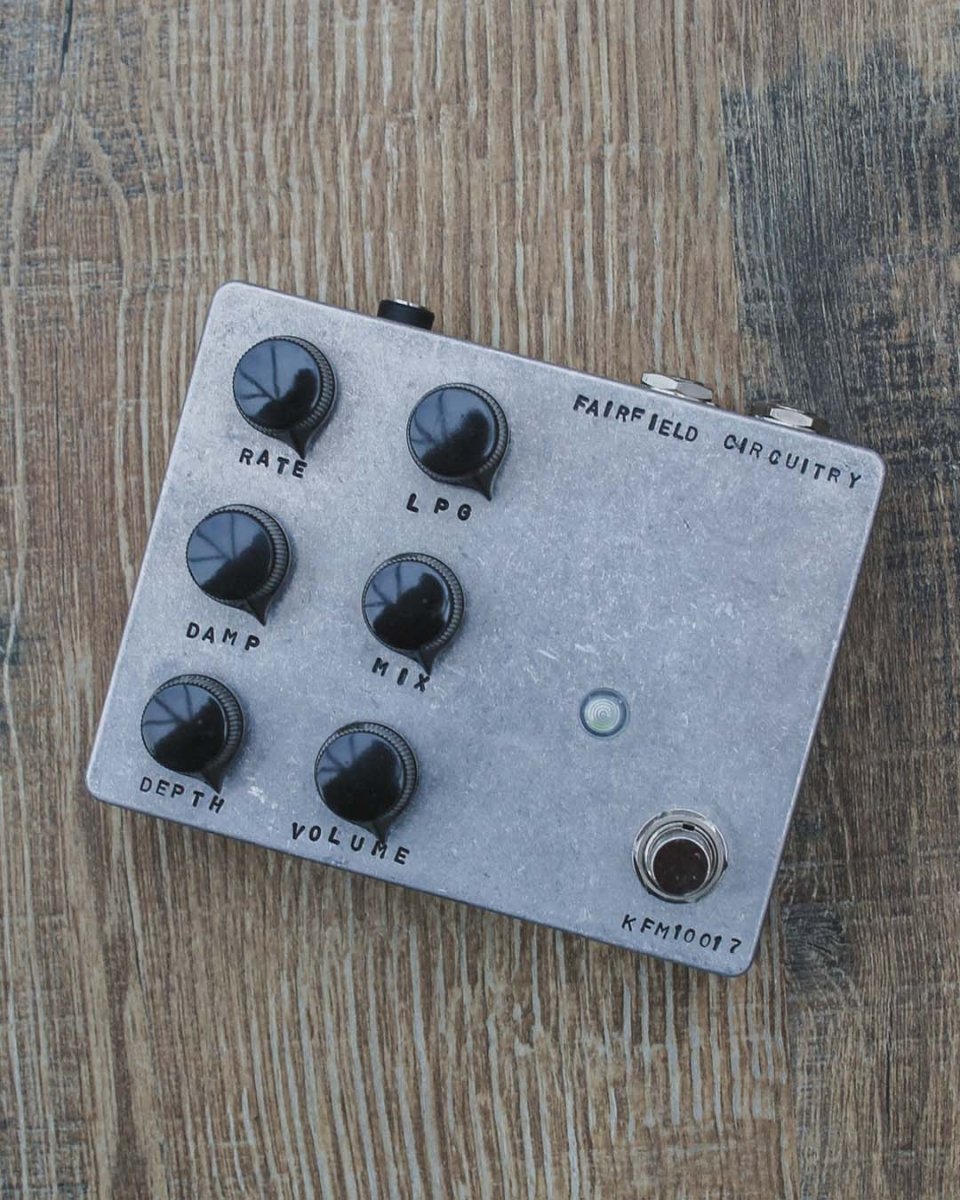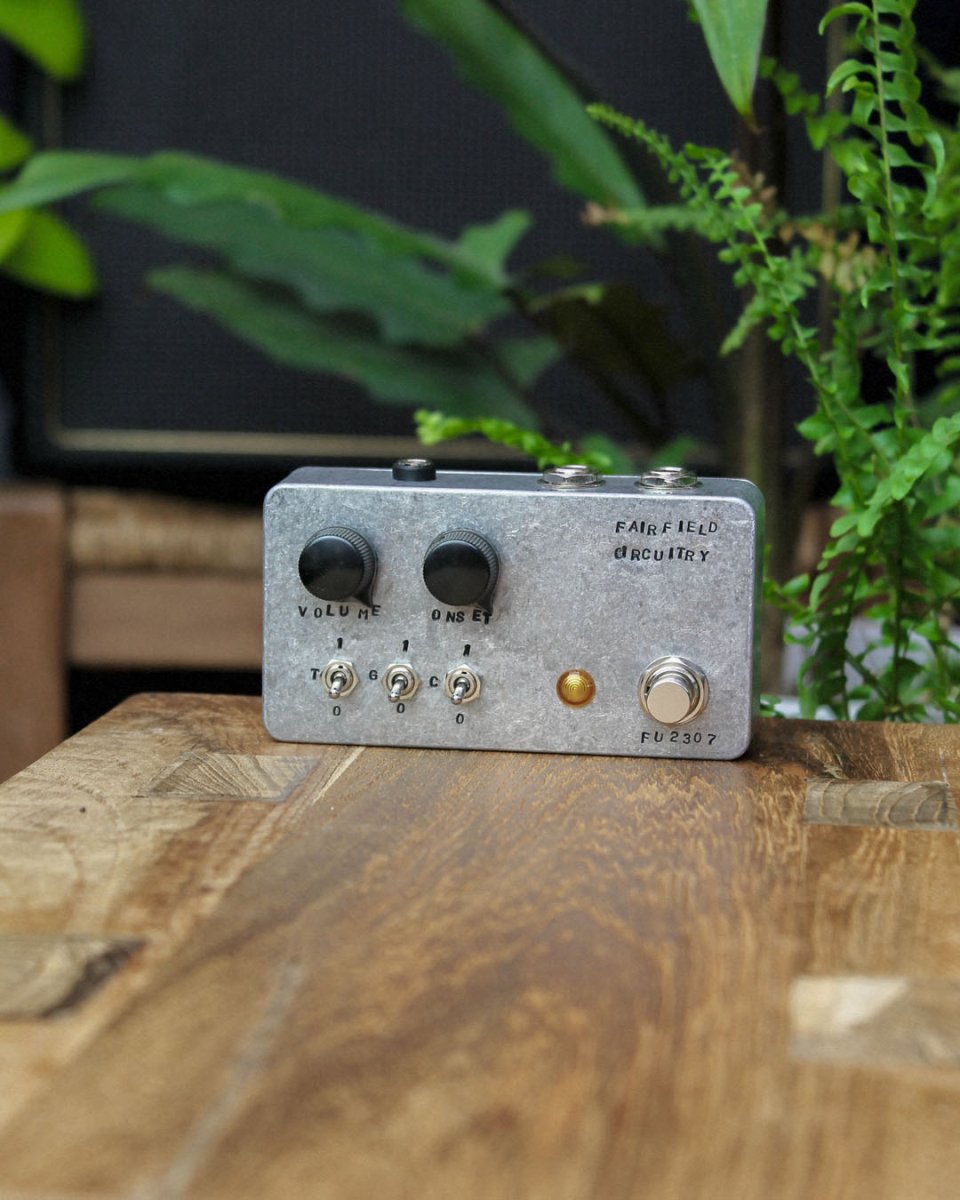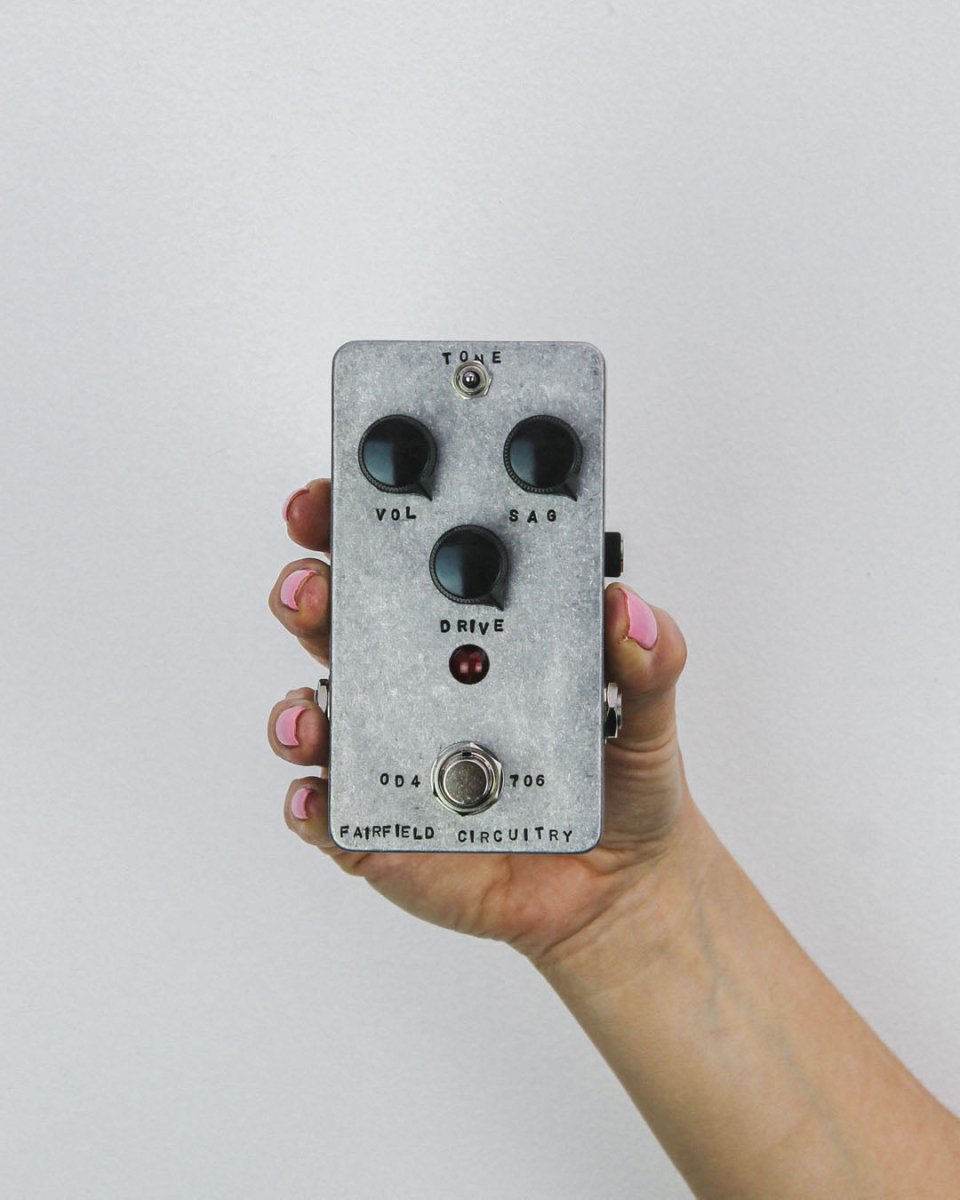6 products

 Fairfield Circuitry Shallow Water K-Field Modulator FX Pedal
Fairfield Circuitry Shallow Water K-Field Modulator FX PedalFairfield Circuitry Shallow Water K-Field Modulator FX Pedal
Regular price £309.99Unit price per![Fairfield Circuitry ~900 Four Knob Fuzz FX Pedal [Pre-Order] - Pedal Jungle](//pedaljungle.com/cdn/shop/products/fairfield-circuitry-fairfield-circuitry-900-four-knob-fuzz-fx-pedal-pre-order-448864.jpg?v=1689752781&width=2000) Fairfield Circuitry ~900 Four Knob Fuzz FX Pedal
Fairfield Circuitry ~900 Four Knob Fuzz FX PedalFairfield Circuitry ~900 Four Knob Fuzz FX Pedal
Regular price £209.99Unit price per![Fairfield Circuitry The Unpleasant Surprise Experimental Fuzz/Gate FX Pedal [Pre-Order] - Pedal Jungle](//pedaljungle.com/cdn/shop/products/fairfield-circuitry-fairfield-circuitry-the-unpleasant-surprise-experimental-fuzzgate-fx-pedal-pre-order-192941.jpg?v=1689752786&width=2000)
 Fairfield Circuitry The Unpleasant Surprise Experimental Fuzz/Gate FX Pedal
Fairfield Circuitry The Unpleasant Surprise Experimental Fuzz/Gate FX PedalFairfield Circuitry The Unpleasant Surprise Experimental Fuzz/Gate FX Pedal
Regular price £209.99Unit price per![Fairfield Circuitry The Barbershop Millenium Overdrive FX Pedal [Pre-Order] - Pedal Jungle](//pedaljungle.com/cdn/shop/products/fairfield-circuitry-fairfield-circuitry-the-barbershop-millenium-overdrive-fx-pedal-pre-order-606884.jpg?v=1689752787&width=2000)
 Fairfield Circuitry The Barbershop Millenium Overdrive FX Pedal
Fairfield Circuitry The Barbershop Millenium Overdrive FX PedalFairfield Circuitry The Barbershop Millenium Overdrive FX Pedal
Regular price £209.99Unit price per![Fairfield Circuitry Hors d'Oeuvre? Active Feedback Loop FX Pedal [Pre-Order] - Pedal Jungle](//pedaljungle.com/cdn/shop/products/fairfield-circuitry-fairfield-circuitry-hors-doeuvre-active-feedback-loop-fx-pedal-pre-order-671034.jpg?v=1689752785&width=2000) Fairfield Circuitry Hors d'Oeuvre? Active Feedback Loop FX Pedal
Fairfield Circuitry Hors d'Oeuvre? Active Feedback Loop FX PedalFairfield Circuitry Hors d'Oeuvre? Active Feedback Loop FX Pedal
Regular price £209.99Unit price per
 Fairfield Circuitry 20% More Slew Limiting Distortion FX Pedal
Fairfield Circuitry 20% More Slew Limiting Distortion FX PedalFairfield Circuitry 20% More Slew Limiting Distortion FX Pedal
Regular price £309.99Unit price per



![Fairfield Circuitry ~900 Four Knob Fuzz FX Pedal [Pre-Order] - Pedal Jungle](http://pedaljungle.com/cdn/shop/products/fairfield-circuitry-fairfield-circuitry-900-four-knob-fuzz-fx-pedal-pre-order-448864.jpg?v=1689752781&width=2000)
![Fairfield Circuitry The Unpleasant Surprise Experimental Fuzz/Gate FX Pedal [Pre-Order] - Pedal Jungle](http://pedaljungle.com/cdn/shop/products/fairfield-circuitry-fairfield-circuitry-the-unpleasant-surprise-experimental-fuzzgate-fx-pedal-pre-order-192941.jpg?v=1689752786&width=2000)

![Fairfield Circuitry The Barbershop Millenium Overdrive FX Pedal [Pre-Order] - Pedal Jungle](http://pedaljungle.com/cdn/shop/products/fairfield-circuitry-fairfield-circuitry-the-barbershop-millenium-overdrive-fx-pedal-pre-order-606884.jpg?v=1689752787&width=2000)

![Fairfield Circuitry Hors d'Oeuvre? Active Feedback Loop FX Pedal [Pre-Order] - Pedal Jungle](http://pedaljungle.com/cdn/shop/products/fairfield-circuitry-fairfield-circuitry-hors-doeuvre-active-feedback-loop-fx-pedal-pre-order-671034.jpg?v=1689752785&width=2000)

